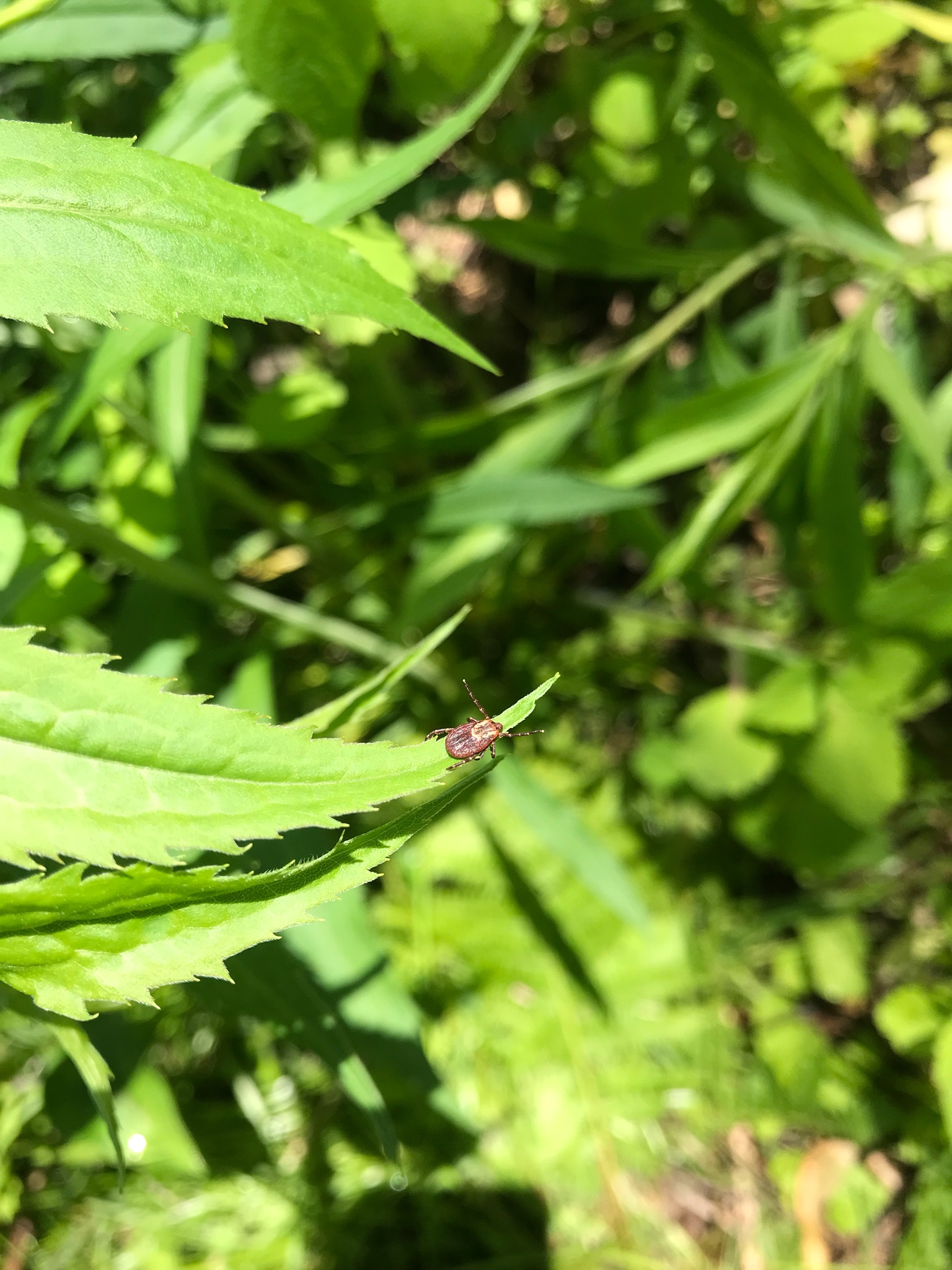All ticks transmit Lyme disease.
Not all ticks may be infected with a disease in the first place but deer ticks and western black-legged ticks are the only 2 species that can transmit the bacteria that causes Lyme disease (Borrelia burgdorferi) to their hosts. Although all tick species may carry Lyme, only black-legged ticks are able to transmit the bacteria. Other tick species can transmit a variety of diseases such as Rocky Mountain spotted fever or Ehrlichiosis.
Burning, suffocating with Vaseline, or swabbing with liquid soap will remove ticks.
Using fire, Vaseline, or liquid soap will only give the tick more time to transmit a disease. It takes a tick approximately 24 hours to transmit the Lyme bacteria, so prolonging that time will increase your chances of infection. Burning a tick can potentially burn your pet’s fur or mistakenly burn your skin in the process. Using these methods will only aggravate the tick, which can cause it to release infected saliva into the host. The best way to remove a tick is by grasping its head with tweezers and pulling away from the skin.
A red bull’s-eye rash is a sure sign of Lyme disease.
Although a bull’s-eye rash in the area of the bite is an indication of Lyme disease, only about 20% of those infected with Lyme will display the bull’s-eye rash. The rash will not always appear at the site of the bite, so it is possible to spot the rash in other locations on the body. If you have been bitten by a tick, the best way to determine if you’ve been exposed to Lyme or any other disease is to have your tick tested.
Ticks will fall from trees onto your head or pet.
Ticks do not wait to jump down onto a host from trees. They undergo a questing behavior, which is when a tick will stick out its front legs, while on the edges of brush or grass, and wait until they are able to grasp onto an animal or person walking by. Ticks will also climb up from the ground onto a host that is passing by. Tick behavior varies with each tick species. The lone-star tick is the most aggressive and will seek out a host, whereas the deer tick will undergo a questing behavior. Ticks are also attracted to the release of carbon dioxide and heat.
Ticks cannot survive in cold weather.
Cold weather will not kill ticks. They are less active in colder temperatures and harsh winters, causing them to shroud under leaf litter and snow. It is possible during warmer winter days to encounter a tick when there is no snow cover to keep them dormant. Those that enjoy hunting or hiking are at a higher risk during this time of year. Most ticks will remain dormant until warmer weather comes around to find a host to feed on. If a tick is already on a person or pet, they can develop and feed on that host throughout the colder winter months.
Removing the body but not the head of a tick will still be able to transmit disease.
When removing a tick, part of the head might still remain but it will not be able to transmit any disease without its body being attached as well. Overtime, our bodies will push out any lingering parts. Also, a tick cannot regrow body parts once they have been removed.
DEET products keep ticks off.
Products containing DEET, also known as insect repellents, claim to repel or prevent tick bites. Studies have shown that those claims are false when compared to products made from permethrin. Although permethrin can only be used on clothing, it will drive ticks away as soon as they have touched any fabric that has been treated with permethrin. Permethrin is also a great repellent for mosquitoes.
Deer are the cause for the spread of Lyme disease.
The bacteria that causes Lyme disease (Borrelia burgdorferi), does not circulate in the blood stream of deer or humans. Deer are not competent hosts to become carriers of Lyme disease. Although the tick species responsible for the spread of Lyme is called the “Deer tick”, deer are not capable of spreading the disease. The white-footed mouse is the reservoir host of Borrelia burgdorferi. The only connection deer have with the Deer tick species are their role in amplifying the tick population.
All ticks will take a blood meal.
There are 4 life stages of a tick: egg, larvae, nymph, and adult. The larval and nymph stages must ingest a full blood meal in order to morph into their next life stage. Only adult female ticks will take a blood meal, whereas adult male ticks are not associated with taking blood meals. While ticks undergo their questing activity to search for a host, they are also waiting for a potential mate. As a female tick feeds, a male tick will attach itself underneath the female. A person may find a male tick attached, which will occur as they are trying to hold on.
Humans can use human diagnostic tests to check for Lyme disease.
Human diagnostic tests for Lyme disease are blood tests using an ELISA assay or Western blot. Both of these immunological assays are targeting specific antibodies that link to the bacteria which causes Lyme disease. The immune system is complex and takes 3-6 weeks to build a response to the Lyme bacteria. Until these antibodies become present, a human test will show a negative result. The bacteria that causes Lyme disease has an intricate spiral shape which allows it to move quickly through the blood stream and within the tissues of the body. A white blood cell is the fastest cell in the body, and the bacteria that causes Lyme disease is twice as fast. This causes complications in delaying the immune systems response to recognize and produce the antibodies against Lyme disease. This will delay a positive blood test in humans, even if symptoms are present.

